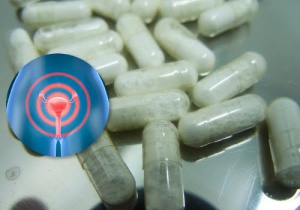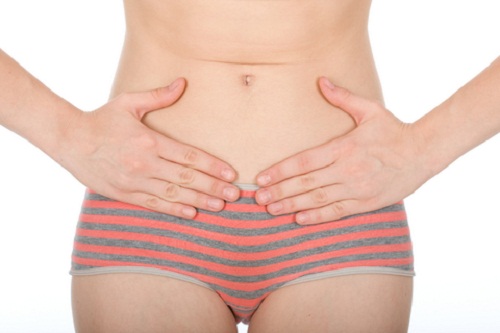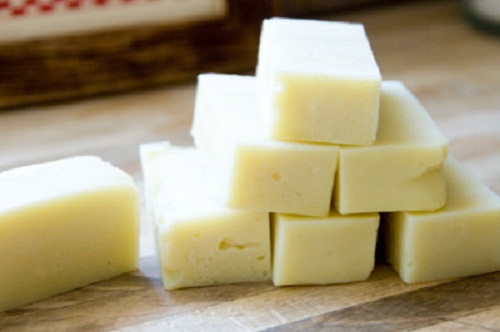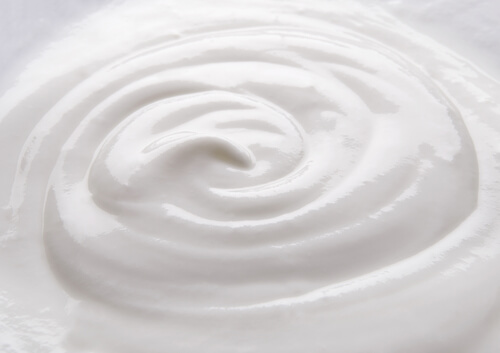Home Remedies to Fight Yeast Infections

In today’s article, we’ll discuss how to fight yeast infections. Vaginal yeast infections are caused by a variety of microorganisms that are normally found in a healthy vagina.
One of the most common causes of vaginal yeast infections is Candida albicans, which causes symptoms such as discharge, odor, itching, and redness of the labia, with the redness extending to the upper thigh in some cases.
Another type of vaginal infection is referred to by doctors as “vaginosis bacteriana.” The symptoms include a heavy discharge accompanied by a strong odor, especially after sexual intercourse.
When you’re experiencing the symptoms of a yeast infection, it’s very important to consult with your doctor to determine the proper treatment for the type of organism that is causing the infection.
Take a look at the following home remedies and healthy habits to help you fight yeast infections:
Read also: Is Vaginal Birth Possible After Having a C-Section?
Healthy habits to fight yeast infections
Keep dry
Remember to dry yourself well after using the bathroom. Yeast grows and reproduces in warm, moist environments, so it’s important to thoroughly dry the vaginal area after showering or bathing.
Wear breathable undergarments

When possible, wear breathable undergarments to help avoid moisture and heat. If you want to wear nylon undergarments, make sure they contain some cotton.
In addition, avoid wearing a wet bathing suit for extended periods of time after swimming.
Maintain proper personal hygiene
Whether or not you’re suffering from a yeast infection, you should wash with a mild soap. Wash daily and avoid sharing towels, soaps, and other personal care items.
You should also wash your undergarments in hot water or a solution of vinegar and water to completely eliminate any yeast.
Avoid harsh soaps

Harsh soaps and personal hygiene products that contain alcohol can irritate the vagina and alter its natural pH. When you’re experiencing the symptoms of a yeast infection, prepare a vaginal wash with a little vinegar diluted in water.
The vinegar will help restore the natural pH of the vagina to its normal 4.5.
Read also: 6 Things That Damage Your Vaginal Health
Home remedies for fighting vaginal yeast infections
Natural yogurt
Natural yogurt is one of the best remedies for fighting vaginal yeast infections. It helps restore the natural acid balance thanks to the bacteria it contains.
When you’re suffering from a yeast infection, not only does eating more natural yogurt help, it can be applied externally or diluted with warm water and used as a wash.
Boric acid
Boric acid is an economical treatment that fights vaginal yeast. Several studies have shown that it is effective at fighting yeast infections.
Under a doctor’s supervision, prepare gelatin capsules for use as suppositories by filling small capsules with boric acid. Use this remedy once daily for a week.
Herbal remedies
- If you want to alleviate vaginal itching and burning, prepare a rosemary infusion and use a towel to apply externally.
- Another option is to drink thyme tea, one tablespoon thyme for each cup boiling water. Drink 1-4 cups daily.
- Mallow is a great treatment for fighting candida albicans and the symptoms it causes. This plant is ideal for reducing inflammation, as well as providing a relaxing and analgesic effect. To prepare, simply boil some mallow leaves in one liter of clean water. Let cool and use as a sitz bath for the vaginal area.
We hope you’ve enjoyed this article on how to fight yeast infections.
All cited sources were thoroughly reviewed by our team to ensure their quality, reliability, currency, and validity. The bibliography of this article was considered reliable and of academic or scientific accuracy.
- Miceli, M. H., Díaz, J. A., & Lee, S. A. (2011). Emerging opportunistic yeast infections. The Lancet Infectious Diseases. https://doi.org/10.1016/S1473-3099(10)70218-8
- Spampinato, C., & Leonardi, D. (2013). Candida infections, causes, targets, and resistance mechanisms: Traditional and alternative antifungal agents. BioMed Research International. https://doi.org/10.1155/2013/204237
This text is provided for informational purposes only and does not replace consultation with a professional. If in doubt, consult your specialist.








